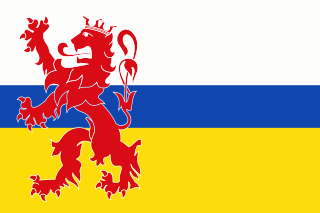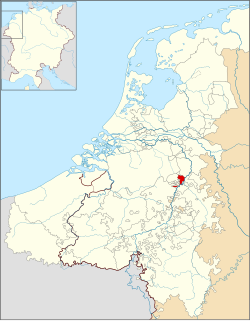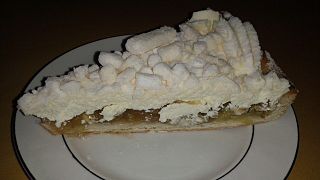 W
WLimburg is a province in Belgium. It is the easternmost of the five Dutch-speaking provinces that together form the Region of Flanders, one of the three main political and cultural sub-divisions of modern Belgium.
 W
WLimburg is the southernmost of the 12 provinces of the Netherlands. The province is in the southern part of the country, stretched out from the north, where it touches the province of Gelderland. Its northern part has the province of North Brabant to its west. Its long eastern boundary is the international border with the German state of North Rhine-Westphalia. Much of the west border runs along the River Maas, bordering the Flemish province which is also named Limburg. On the south end it borders the Walloon province of Liège. The Vaalserberg is on the extreme south-eastern point, marking the tripoint of the Netherlands, Germany and Belgium.
 W
WHorne is a small historic county of the Holy Roman Empire in the present day Netherlands and Belgium. It takes its name from the village Horn, west of Roermond. The residence of the counts of Horne was moved from Horn to Weert in the 15th century.
 W
WThe County of Loon was a county in the ancien regime Holy Roman Empire, which corresponded approximately with the Belgian province of Limburg. It was named after the original seat of its count, Loon, which is today called Borgloon. During the middle ages the counts moved their court to a more central position in Kuringen, which is today a part of Hasselt, the modern capital of the region.
 W
WThe Duchy of Limburg was a European polity created in 1839 from parts of the Dutch Province of Limburg as a result of the Treaty of London. Its territory was the part of Limburg that remained Dutch, with the exception of the cities of Maastricht and Venlo. The duchy was a province of the Kingdom of the Netherlands and at the same time was a member of the German Confederation.
 W
WLimburgisch cuisine is different from the Belgian and Dutch cuisines but also shares many similarities with these cuisines. Limburg is a little different compared to the rest of the Dutch and Belgian provinces. The landscape is hilly in the southeast and the Limburgish language could be said to be a separate language rather than a dialect of Dutch. This different landscape provides the Limburgish cuisine with a lot of game meat, especially in the hunting season. The north of the Limburg is quite flat and is the largest asparagus producing area of the Netherlands. In the southwest you will find the Haspengouw which is famous for being the fruit basket of Belgium.
 W
WLimburgish, also called Limburgan, Limburgian, or Limburgic, is a group of East Low Franconian varieties spoken in the Belgian and Dutch provinces both named Limburg and some neighbouring areas of Germany. In some parts of this area it is generally used as the colloquial language in daily speech.
 W
WLow Dietsch refers to a handful of transitional Limburgish–Ripuarian dialects spoken in a number of towns and villages.
 W
WLimburg was one of the provinces of the United Kingdom of the Netherlands and later Belgium. The province existed for the duration of the United Kingdom, from 1815 to 1830, and for the first years after the Belgian independence, from 1830 to 1839. When King William I signed the Treaty of London in 1839, the province was split into a Belgian, and a Dutch part, the new Duchy of Limburg.
 W
WThe Wars of the Loon Succession is the name of the war of succession that arose after the childless death of Louis IV, Count of Loon on 22 January 1336. In the first period, the County of Loon led by claimant Diederik of Heinsberg managed to maintain its autonomy in relation to the Prince-Bishopric of Liège. During the second period, however, Arnold of Rummen, the last indigenous claimant to the title of count of Loon, first had to sell the County of Chiny to the Duchy of Luxemburg to cover his military expenses, and soon after conceded defeat. The wars came to an end with the annexation of Loon by Liège in 1366.